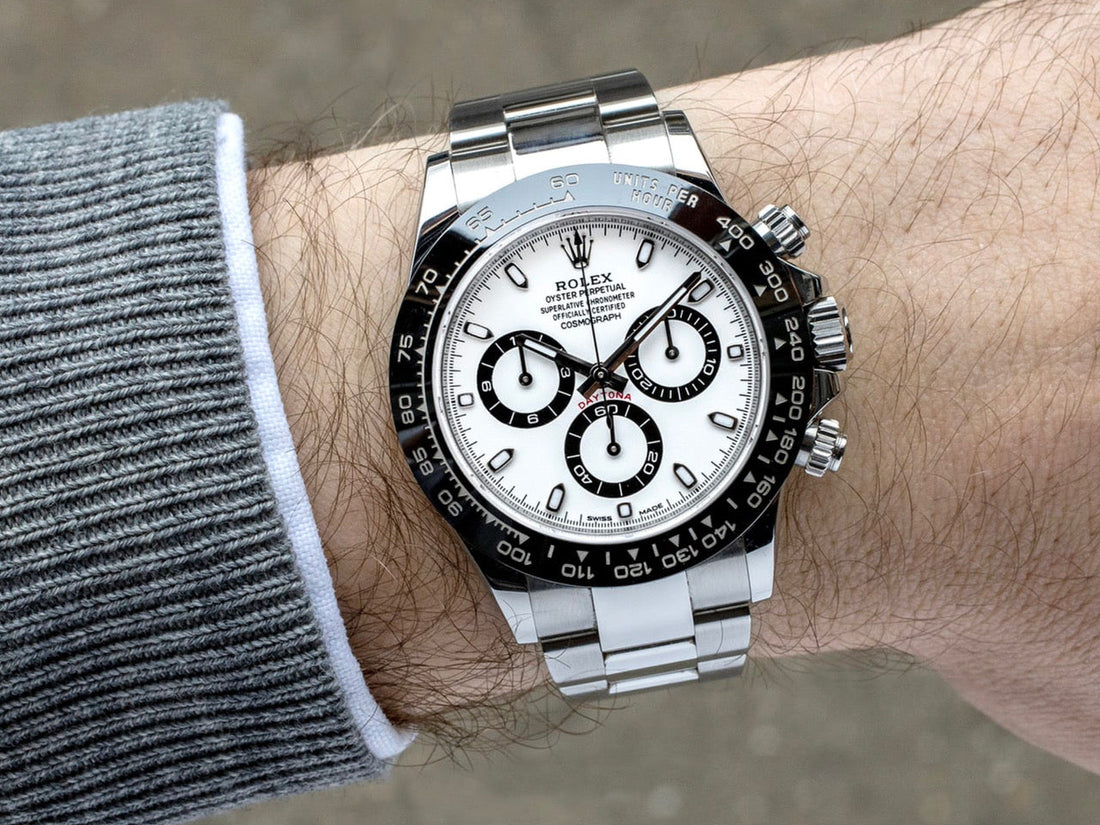There was a time when watch collecting operated quietly in the background—a pursuit powered by word-of-mouth, patience, and a willingness to chase information through scattered catalogues and dimly-lit corners of forums. The best discoveries came after hours of research, or a lucky conversation with a like-minded enthusiast over coffee. Even the phrase watch community felt intimate, reserved for those who genuinely cared about movements, history, and the subtle nuances that make one reference special over another.
Then, everything changed. Social media didn’t just open the doors—it blew them off the hinges. Suddenly, a world that was once hard to access was laid bare, algorithmically delivered to anyone with a phone and a passing interest. For better or worse, the hobby would never be the same.
The Age of the Hype Watch
Some watches have always been desirable. The difference now is how quickly and dramatically a model can become a global phenomenon. Take the Rolex Daytona or the Patek Philippe Nautilus—once respected among insiders, now nearly impossible to buy at retail, with waiting lists stretching into years. The Audemars Piguet Royal Oak is another example. These pieces have transcended their status as timekeeping instruments and become cultural artefacts, endlessly shared, discussed, and envied.
 But it’s not just the classics. Even new releases—sometimes limited editions from unexpected brands, or quirky collaborations—can become overnight sensations if the right influencer or celebrity gives them a nod. Instagram is the engine behind this, turning wrist shots into marketing gold and feeding a cycle where scarcity is celebrated, and exclusivity is the real currency.
But it’s not just the classics. Even new releases—sometimes limited editions from unexpected brands, or quirky collaborations—can become overnight sensations if the right influencer or celebrity gives them a nod. Instagram is the engine behind this, turning wrist shots into marketing gold and feeding a cycle where scarcity is celebrated, and exclusivity is the real currency.

This brings energy and excitement. For newcomers, there’s a thrill in the chase: monitoring release dates, entering lotteries, tracking down hard-to-find models. The communal aspect—sharing unboxings, debating which reference is best, seeing how a piece looks on different wrists—creates a global conversation that can be genuinely fun.
But there’s a darker side, too. As prices skyrocket, flippers swoop in, buying with the intent to resell at a profit. The secondary market becomes a jungle, with prices detached from retail reality. For those who collect out of love, not speculation, it’s easy to feel left out.
What Gets Lost in the Rush
This tidal wave of hype tends to overshadow the quieter, more meaningful stories in the watch world. Brands with decades, even centuries, of heritage—Grand Seiko with its meticulous finishing and dedication to craft, Zenith and its pioneering chronographs, Longines and its deep archive of historic models—often sit on the sidelines of the mainstream conversation.
Within these brands are references with stories that would fascinate any collector, but they simply don’t trend. Maybe the marketing isn’t as aggressive, or the design doesn’t scream for attention, but the substance is there: movements that broke new ground, dials painstakingly finished by hand, and cases that balance history with innovation.
It’s not just the big names, either. Independent and microbrands have exploded in the last few years, offering unique designs and personal customer experiences that are worlds away from mass-produced luxury. These companies often take creative risks, revive forgotten techniques, or experiment with materials—all the things that made watch collecting special before the hashtag era. And yet, unless they catch the algorithm’s eye, many of these stories remain hidden.
What gets lost isn’t just value -it’s a sense of discovery. That feeling when you stumble across something unexpected and fall down a rabbit hole of research and learning. The best watches aren’t always the loudest, and sometimes the best experience is found in the pieces no one else is chasing.
The Upsides (and Downsides) of All This Attention
The social media spotlight isn’t all bad news. For one, it’s made watch collecting far more accessible. Information that once required hours of digging is now available in seconds. High-quality photography, video explainers, and detailed breakdowns of new releases have demystified even the most complex subjects. Brands have responded, too, offering more transparency, engaging directly with enthusiasts, and sometimes even bringing forgotten models back into the catalogue due to renewed interest.

More people are getting involved, which means the community has never been larger—or more diverse. New perspectives are entering the conversation, and longstanding myths are being challenged. The best part? Watch collecting no longer feels like a closed club; anyone with curiosity and passion can join.
But there’s no denying the fatigue that comes from constant hype. The endless cycle of pre-release leaks, instant reviews, and aftermarket speculation can leave even the most dedicated enthusiasts feeling burned out. Today’s must-have often becomes yesterday’s afterthought. For some, the joy of collecting is being replaced by a fear of missing out, or worse, a sense of exclusion as prices reach new heights.
For retailers and brands, the pressure to produce the next big thing can stifle creativity, leading to safe, repetitive designs or gimmicky collaborations. It’s easy to forget that, at its heart, this hobby is about personal connection—to history, to design, and to the passage of time itself.
Where Does It Go From Here?
Despite all the noise, there are signs that the pendulum may be swinging back. With the market for hype models cooling off in some segments, collectors are beginning to look elsewhere—seeking value, originality, and depth rather than just status. Microbrands and independents are gaining momentum, not because they’re trendy, but because they offer something genuinely different.
There’s renewed interest in neo-vintage models—watches from the late 1980s to early 2000s that blend modern reliability with old-school charm. Forums and communities are celebrating overlooked references, sharing stories of meaningful acquisitions that have nothing to do with Instagram likes.

Perhaps this is a return to the roots of collecting: the thrill of the hunt, the satisfaction of learning, and the pride in finding something that feels like yours alone. Social media isn’t going anywhere, but the way we use it—and what we value—may be changing.
So, is the Instagram hype cycle good for watch collectors? It’s complicated. The energy and openness are welcome, and the hobby has never been more alive. But with that comes noise, pressure, and sometimes a loss of what made collecting special in the first place. Maybe the answer isn’t to tune out completely, but to listen more carefully—to find your own rhythm amid the static.
What about you? Has social media changed the way you collect, or are you finding new ways to make the hobby your own? I’d love to hear your perspective—because in the end, it’s the stories we share, not the hashtags, that keep this community ticking.
Discover all brands
👉 WatchDNA/Brands
📖 Read More Spiro's Articles









